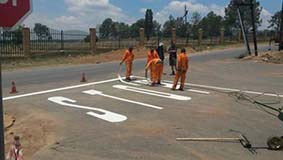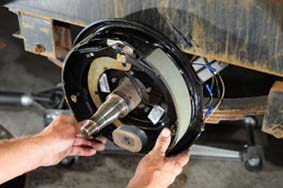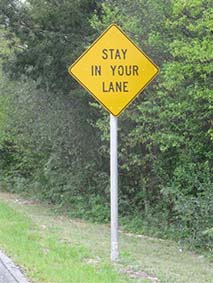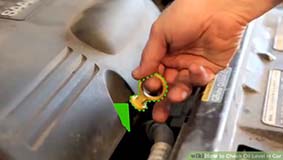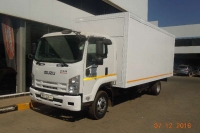 Truck tractor drivers depend heavily on their trucks. It's their livelihood and, for long-haul drivers, it can be their home away from home. This extremely interdependent relationship between drivers and their trucks quickly turns even the greenest of drivers into truck tractor experts.
Truck tractor drivers depend heavily on their trucks. It's their livelihood and, for long-haul drivers, it can be their home away from home. This extremely interdependent relationship between drivers and their trucks quickly turns even the greenest of drivers into truck tractor experts.
It's no wonder that most truck buyers carry out their own preliminary inspections on truck tractors that interest them. Many people bring a trusted mechanic or colleague to do the inspection for them. An experienced truck owner or driver can recognize the signs of a well-maintained truck and one that has been driven long and hard without any proper maintenance.
If you're a new driver thinking of becoming an owner/operator, a contractor needing to haul heavy equipment back and forth from job sites or a farmer wanting to haul livestock, you'll most likely need to buy a truck tractor. Whether you're looking for Mack trucks for sale, International trucks for sale or another truck tractor make, take some advice from the experts and inspect these five items before you buy:
Axle configuration, horsepower and capacity
Check the truck's axle configuration and transportation regulations for your area. Make sure youâre buying the right axle configuration (4x2, 4x4, 6x4, etc) for what youâll be carrying. Consider the terrain and type of driving youâll be doing. Will you be hauling loads over hilly terrain for long distances or making short trips within the city to deliver goods?
Select a truck tractor that has the right amount of horsepower for the type of tasks and trips you will be doing. Ask yourself how much capacity you'll need. If you're buying a truck tractor to pull your excavator around town, check the weight of your trailer and your excavator to determine the right capacity for the job.
Engine
The engine can give you a lot of information about a truck. Pull the hood and look for any signs of leaks. A leak means the engine may need some repair, perhaps not a costly repair, but a repair nonetheless. Start up the engine; let it run for a few minutes. As the engine gets warm, you should notice no smoke at all coming from the exhaust. If there is smoke and it is blue or white in colour, it could be a sign that the engine is burning oil.
Listen for any knocks coming from the engine. A knocking sound is a good indicator that the engine should be looked at more closely. While you are inspecting the engine, check the engine sticker to find out if the engine meets the latest emission standards. Be aware that each jurisdiction within a country may have its own emission standards for tractor truck engines.
Cab
Step inside the cab and look at the overall condition of the interior. Is the amount of wear reasonable for the truck tractor's age? Check the odometer and make a note of the mileage. For a car, anything approaching 300K might be a sign that it is time to think about a replacement, but for an over-the-road truck, mileage is not as important as the truck's overall condition. If the odometer reads in the range of 400-500K, take a closer look at the engine. It might be time for an out-of-frame or less expensive in-frame overhaul to ensure the truck tractor continues to run for many more years.
Maintenance Logs
If you suspect the engine has already undergone an overhaul, check the truck's maintenance records. Look for any engine work that may have already been done and for other major repairs. The maintenance record should give you a good idea of how well the truck was looked after, in addition to letting you know if the oil was changed on a regular basis. Most mechanics and/or operators will mark the last mileage date of an oil change on the air filter. Check to see if this date coincides with the maintenance records.
Brake Pads
Look online to view brake pad pictures or check the brake pads on site to estimate the percentage of life remaining. A truck with worn brake pads may still be a good investment. Replacing brake pads is a relatively inexpensive repair, and something you should take care of as soon as possible.
Safety comes first!!!
What truck tractor inspection tips do you have for new truck tractor drivers? Comment and let us know.
If you would like to concentrate on your business, and leave your marketing to the professionals please contact us today for a free quotation or to discuss your requirements.
 In the present economic climate in South Africa, buying a new vehicle is virtually out of reach for some owner operators, so buying a used vehicle is the only option, and may be the answer to their needs.
In the present economic climate in South Africa, buying a new vehicle is virtually out of reach for some owner operators, so buying a used vehicle is the only option, and may be the answer to their needs.








